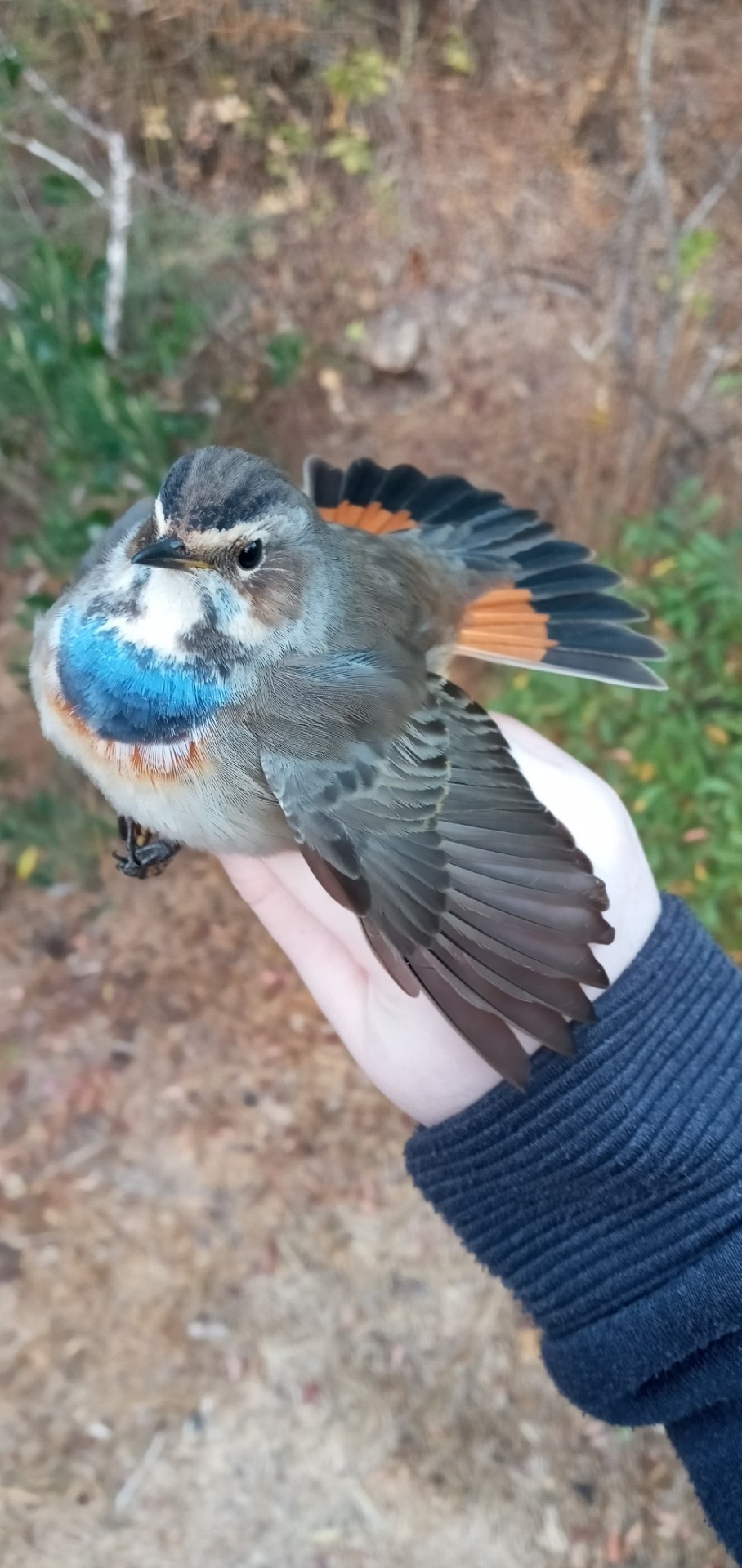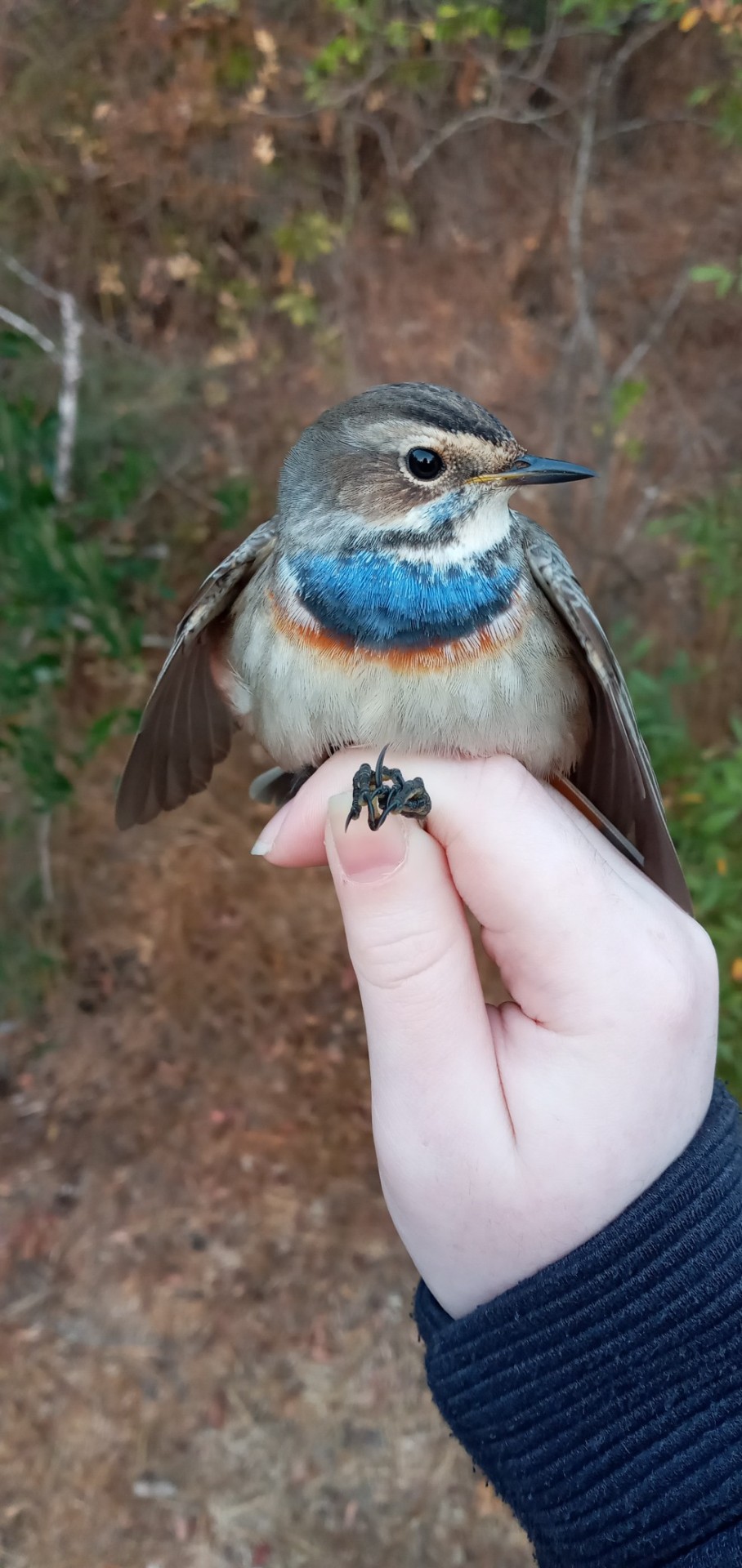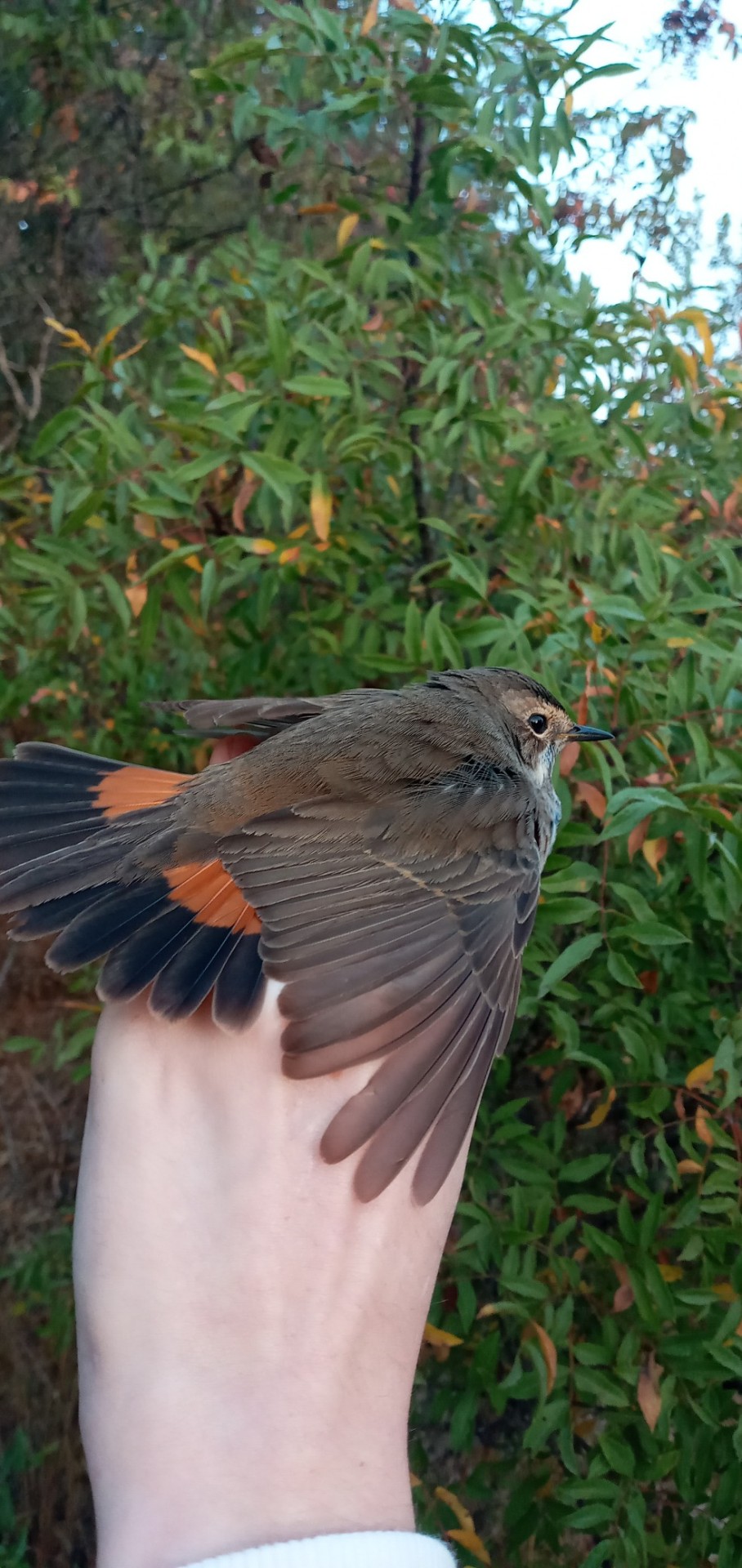A Beginner’s Guide To Advanced Air Mobility
A Beginner’s Guide to Advanced Air Mobility

Soaring over traffic in an air taxi, receiving packages faster, and participating in a sustainable, safer mode of transportation: all could be possible with a revolutionary new type of air transportation system in development called Advanced Air Mobility (AAM).
AAM could include new aircraft developed by industry, called electric vertical takeoff and landing vehicles, or eVTOLs, for use in passenger, package, or cargo delivery. It may also include new places for these aircraft to take off and land called vertiports.
Our work in Advanced Air Mobility will transform the way people and goods will move through the skies. This includes using Advanced Air Mobility for public good missions such as disaster, medical, and wildfire response.
What is Advanced Air Mobility?
Our vision for Advanced Air Mobility is to map out a safe, accessible, and affordable new air transportation system alongside industry, community partners, and the Federal Aviation Administration.

Once developed, passengers and cargo will travel on-demand in innovative, automated aircraft called eVTOLs, across town, between neighboring cities, or to other locations typically accessed today by car.
What are the benefits of Advanced Air Mobility?
The addition of Advanced Air Mobility will benefit the public in several ways: easier access for travelers between rural, suburban, and urban communities; rapid package delivery; reduced commute times; disaster response, and new solutions for medical transport of passengers and supplies.

What are the challenges associated with Advanced Air Mobility?
Various NASA simulation and flight testing efforts will study noise, automation, safety, vertiports, airspace development and operations, infrastructure, and ride quality, along with other focus areas like community integration.
These areas all need to be further researched before Advanced Air Mobility could be integrated into our skies. We’re helping emerging aviation markets navigate the creation of this new transportation system.
When will Advanced Air Mobility take off?
We provide various test results to the FAA to help with new policy and standards creation. We aim to give industry and the FAA recommendations for requirements to build a scalable Advanced Air Mobility system to help enable the industry to flourish by 2030.

Make sure to follow us on Tumblr for your regular dose of space!
More Posts from Eggxecutive-dysfunction and Others







Bluethroat (Luscinia svecica), male, from a banding. Jerusalem Bird Observatory (JBO). 21.10.21

Willie-wagtail (Rhipidura leucophrys)
© Allan Howell
Let’s do a Wild Hunt larp where we kidnap Jeff Bezos and release him in the forest and then give all the larpers (who are amazon employees) weird masks and motorbikes painted to look like fucked up horses and wolves.


Falcon 9 transiting the Sun
l Trevor Mahlmann l Ben Cooper
That smile at the end? Priceless...
I swear I saw a tumblr post on here that said ‘horses have over 4,000 bones’ and i don’t know where it came from because its totally wrong, they have 205, but what kind of fucked up horse has this person seen out there because I’m absolutely terrified of it

Mountain Bluebird (Sialia currucoides)
© Jonathan Eckerson

Saturn and Jupiter in Summer 2020 : During this northern summer Saturn and Jupiter were both near opposition, opposite the Sun in planet Earth’s sky. Their paired retrograde motion, seen about every 20 years, is followed from 19 June through 28 August in this panoramic composite as they wander together between the stars in western Capricornus and eastern Sagittarius. But this December’s skies find them drawing even closer together. Jupiter and Saturn are now close, bright celestial beacons in the west after sunset. On solstice day December 21 they will reach their magnificent 20 year Great Conjunction. Then the two largest worlds in the Solar System will appear in Earth’s sky separated by only about 1/5 the apparent diameter of a Full Moon. via NASA
-
 boudicca-of-iceni liked this · 2 months ago
boudicca-of-iceni liked this · 2 months ago -
 afrotumble liked this · 7 months ago
afrotumble liked this · 7 months ago -
 jchapa13 liked this · 1 year ago
jchapa13 liked this · 1 year ago -
 jamesarber liked this · 1 year ago
jamesarber liked this · 1 year ago -
 flame-0202 liked this · 1 year ago
flame-0202 liked this · 1 year ago -
 lovepetitebusty liked this · 1 year ago
lovepetitebusty liked this · 1 year ago -
 speculative-world liked this · 2 years ago
speculative-world liked this · 2 years ago -
 selkramazed reblogged this · 2 years ago
selkramazed reblogged this · 2 years ago -
 saltythexfilesindianjonescop liked this · 2 years ago
saltythexfilesindianjonescop liked this · 2 years ago -
 thefuturistzariagunn reblogged this · 2 years ago
thefuturistzariagunn reblogged this · 2 years ago -
 eudaimonyx liked this · 2 years ago
eudaimonyx liked this · 2 years ago -
 th3-eye liked this · 2 years ago
th3-eye liked this · 2 years ago -
 star-chlld liked this · 2 years ago
star-chlld liked this · 2 years ago -
 cheezbot liked this · 2 years ago
cheezbot liked this · 2 years ago -
 nonex-on-the-way reblogged this · 2 years ago
nonex-on-the-way reblogged this · 2 years ago -
 mylestrades reblogged this · 2 years ago
mylestrades reblogged this · 2 years ago -
 michaelcosio reblogged this · 2 years ago
michaelcosio reblogged this · 2 years ago -
 j5j8b6hly7 liked this · 2 years ago
j5j8b6hly7 liked this · 2 years ago -
 bmd2192gad liked this · 2 years ago
bmd2192gad liked this · 2 years ago -
 mnqvqfzi58 liked this · 2 years ago
mnqvqfzi58 liked this · 2 years ago -
 oc90ki3b1r liked this · 2 years ago
oc90ki3b1r liked this · 2 years ago -
 2ij33v0h5z liked this · 2 years ago
2ij33v0h5z liked this · 2 years ago -
 rnsv86xvq4 liked this · 2 years ago
rnsv86xvq4 liked this · 2 years ago -
 afvezpsurm liked this · 2 years ago
afvezpsurm liked this · 2 years ago -
 f2hi9onsiv liked this · 2 years ago
f2hi9onsiv liked this · 2 years ago -
 hrvkvyovmy liked this · 2 years ago
hrvkvyovmy liked this · 2 years ago -
 hsdruqfefa liked this · 2 years ago
hsdruqfefa liked this · 2 years ago -
 37k5agai7r liked this · 2 years ago
37k5agai7r liked this · 2 years ago -
 7bohkwjfb0 liked this · 2 years ago
7bohkwjfb0 liked this · 2 years ago -
 is1zxikyi0 liked this · 2 years ago
is1zxikyi0 liked this · 2 years ago -
 qm0eciojbw liked this · 2 years ago
qm0eciojbw liked this · 2 years ago -
 3c8ayuxg4l liked this · 2 years ago
3c8ayuxg4l liked this · 2 years ago -
 yp7mb98l6p liked this · 2 years ago
yp7mb98l6p liked this · 2 years ago -
 hhgzu55kfg liked this · 2 years ago
hhgzu55kfg liked this · 2 years ago



